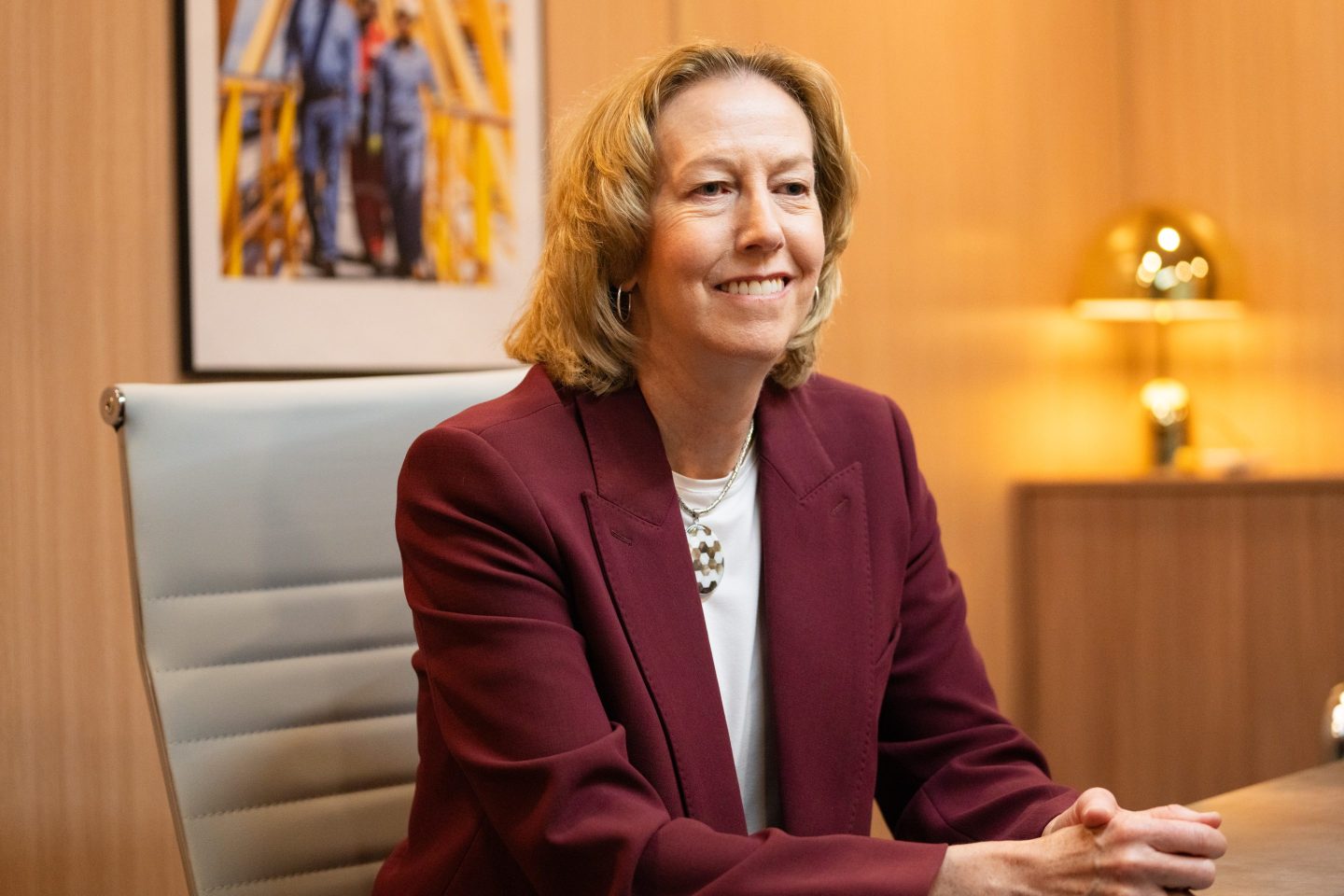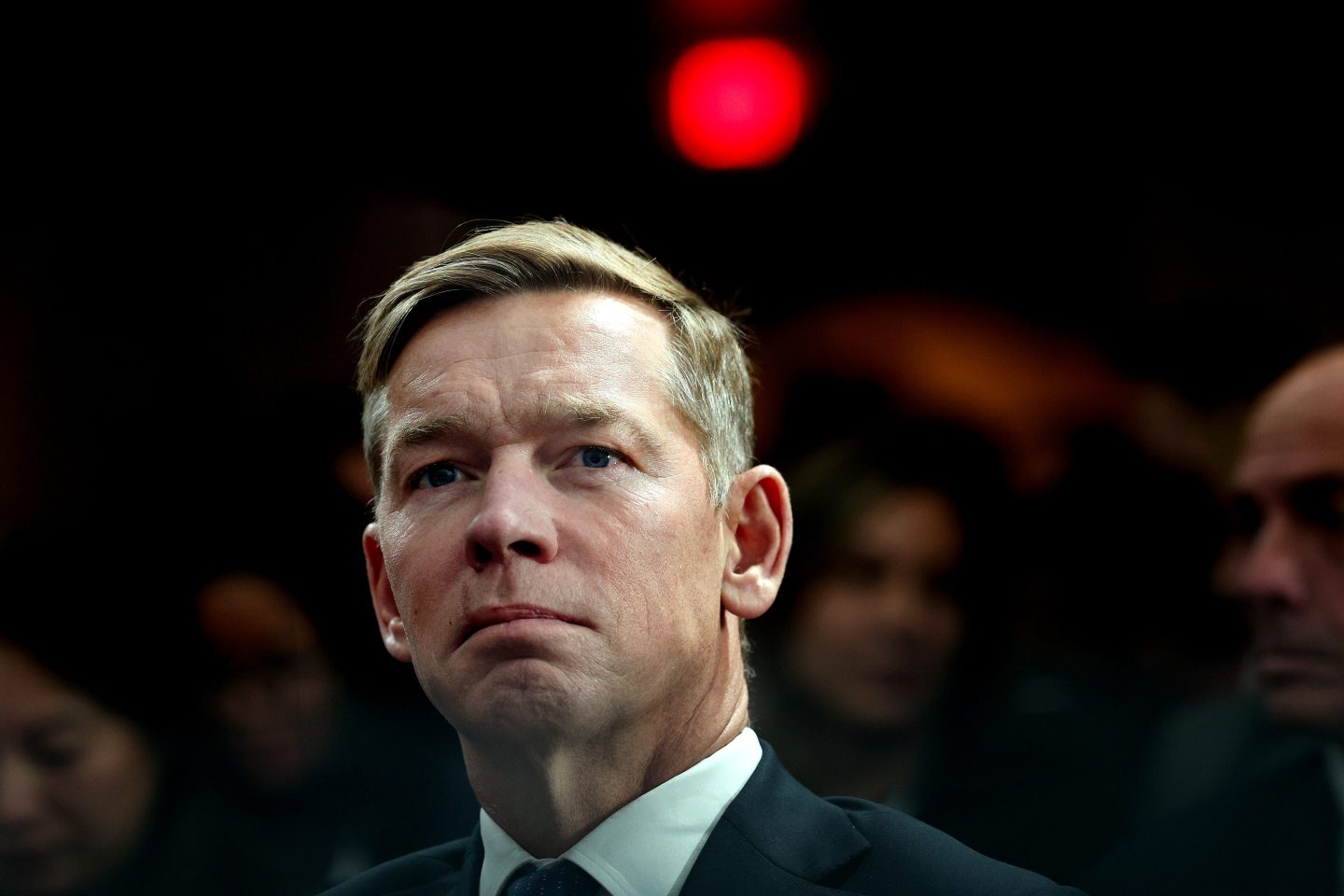The most dangerous words in business might be, “we’ve always done it this way,” and sometimes it takes an outsider to bring about change.
Ryder System CEO Robert Sanchez learned that early in his tenure in the top spot. Sanchez has been CEO of the transportation and supply chain management company since 2013, and when he got the job he brought with him two decades of experience in finance, technology, and operations. Five short months after being named CEO, he became board chair in May 2013.
As chair, Sanchez leads an annual strategy session with the other 10 directors on the corporate board, which has the power to hire and fire the CEO. The annual reviews are a chance for board members to run a post-mortem on the year prior, talk about the year to come, and preview the three-year strategic outlook so directors can kick the tires on Ryder’s plans.
“It’s a great time for the board members to really pressure test our strategy and think about it in different ways,” said Sanchez, who previously served as the chief financial officer, chief operating officer and chief information officer at Ryder, which generated $12.6 billion in revenues last year. “We almost view it as an annual toll gate where we sit with them and say, ‘All right, here are the things that we told you we were going to do last year. Here’s what we got accomplished, and here are the new things we want to get done.’”
It was at an annual strategy session, Sanchez told Fortune, that one of the most illuminating moments emerged. Sanchez and the other senior executives were talking about market share in the truck leasing and rental business known as Fleet Management Solutions, while the board members listened. At the time, Ryder held 35% to 40% of the truck leasing market segment—nothing to sneeze at.
“We felt pretty good,” said Sanchez.
And then one board member from a completely different industry raised his hand to ask a question that would ultimately become a hugely pivotal moment for Sanchez and his team and Ryder.
“Does that mean that 40% of the trucks that are on the road are from Ryder?” the director asked.
“And I said, ‘Well, no, of course not,’” Sanchez recalled. “Then he goes, ‘Why is that? What do all the other truck owners do? Are they leasing from somebody else? Are they getting dedicated service from somebody else?’”
“No,” Sanchez told the director; other operators on the road probably buy their own trucks and have their own drivers. The director asked Sanchez point blank: “Why aren’t you guys going after them?”
“So, we all kind of stared at each other and said, ‘We’ll have to get back to you,’” Sanchez recounted.
For context, the leasing market at the time was only 15% to 20% of all the trucks on the road. Meaning, 80% to 85% purchased and maintained their own trucks. So the big takeaway was really about why Ryder wasn’t going after that truck ownership market—the 80% to 85%. So for a full year afterward, Sanchez and his team strategized how to chip away at all the companies that don’t lease trucks from Ryder or any of its competitors, nor outsource transportation to them.
“We realized that a large percentage of the market is do-it-yourselfers,” said Ryder. “So our strategy over the last probably 12 to 13 years has been chipping away at the do-it-yourself market when it comes to trucking and transportation.”
The independent director who asked the question? His background is in office supplies and has nothing to do with trucking. But he asked the question that crystallized a strategic insight that helped push more than a decade of execution.
In hindsight, “it was pretty obvious,” said Sanchez. “But as a company that’s been around for 80 years, we really hadn’t looked at it that way.”












